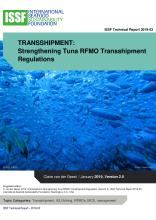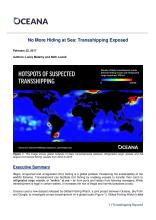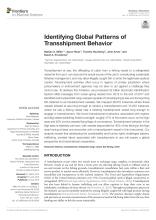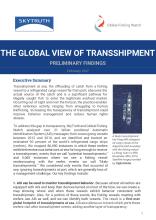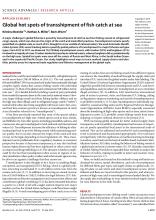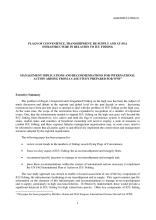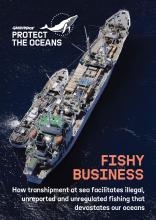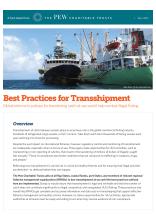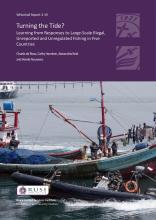Strengthening Transshipment in Tuna RFMOs - 2019
This report builds on the literature that the ISSF has conducted on analyzing tuna RFMOs transshipment regulations(See 2014-2018 reports). This report reviews the transshipment measures of the five tuna RFMOs plus SEAFO and CCAMLR. Although each tuna RFMO generally prohibits at-sea transshipment except for large-scale longline fishing vessels with 100% observer coverage on the carrier vessels, their relationship, the report finds, with other MCS measures leaves multiple gaps and shortfalls. Through the analysis of non-tuna RFMO transshipment measures in critical comparison to the many shortfalls found with existing measures in tuna RFMOs, the report gives detailed recommendations to improve and strengthen tuna RFMO transshipment regulations.
Language
